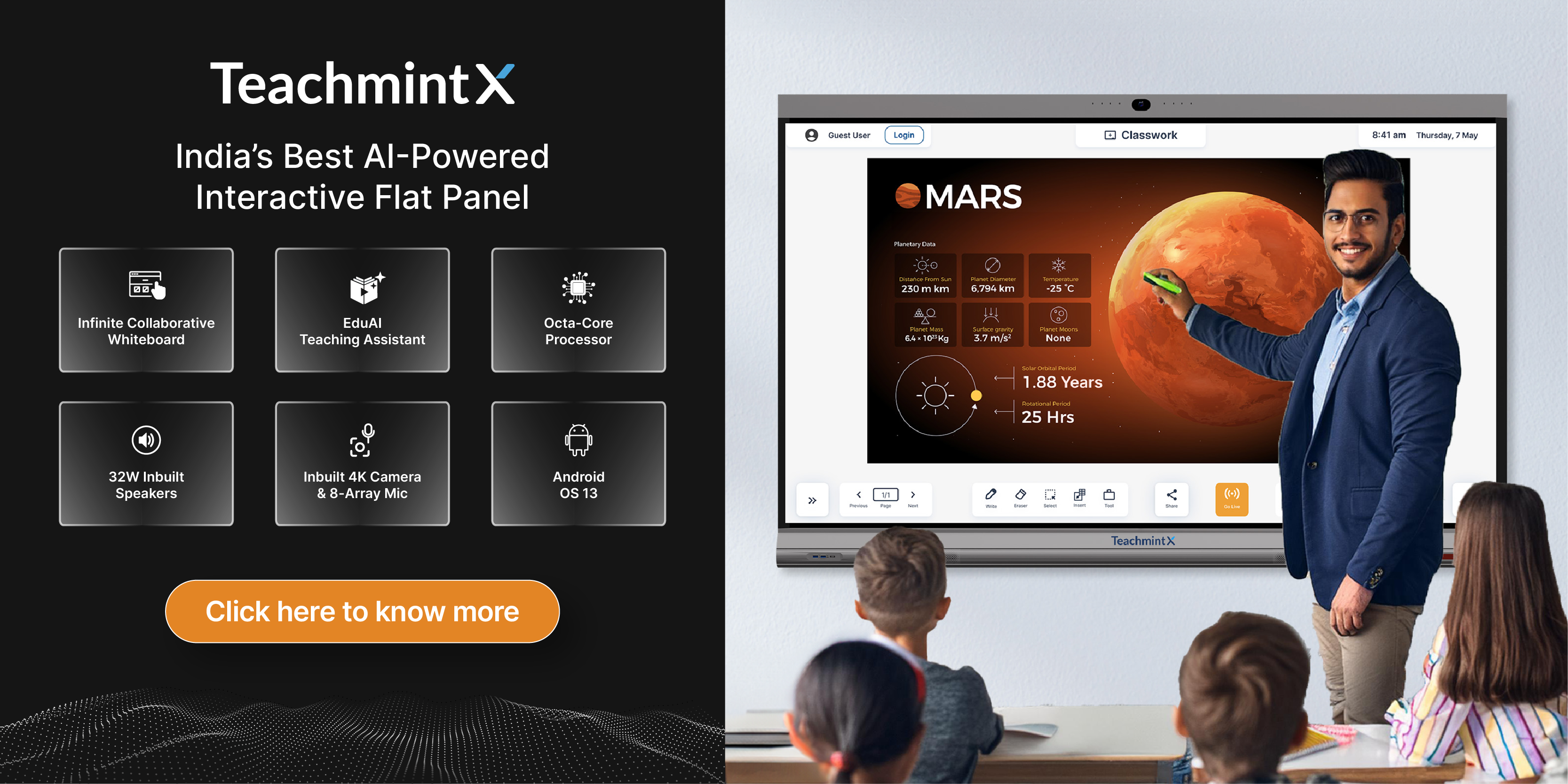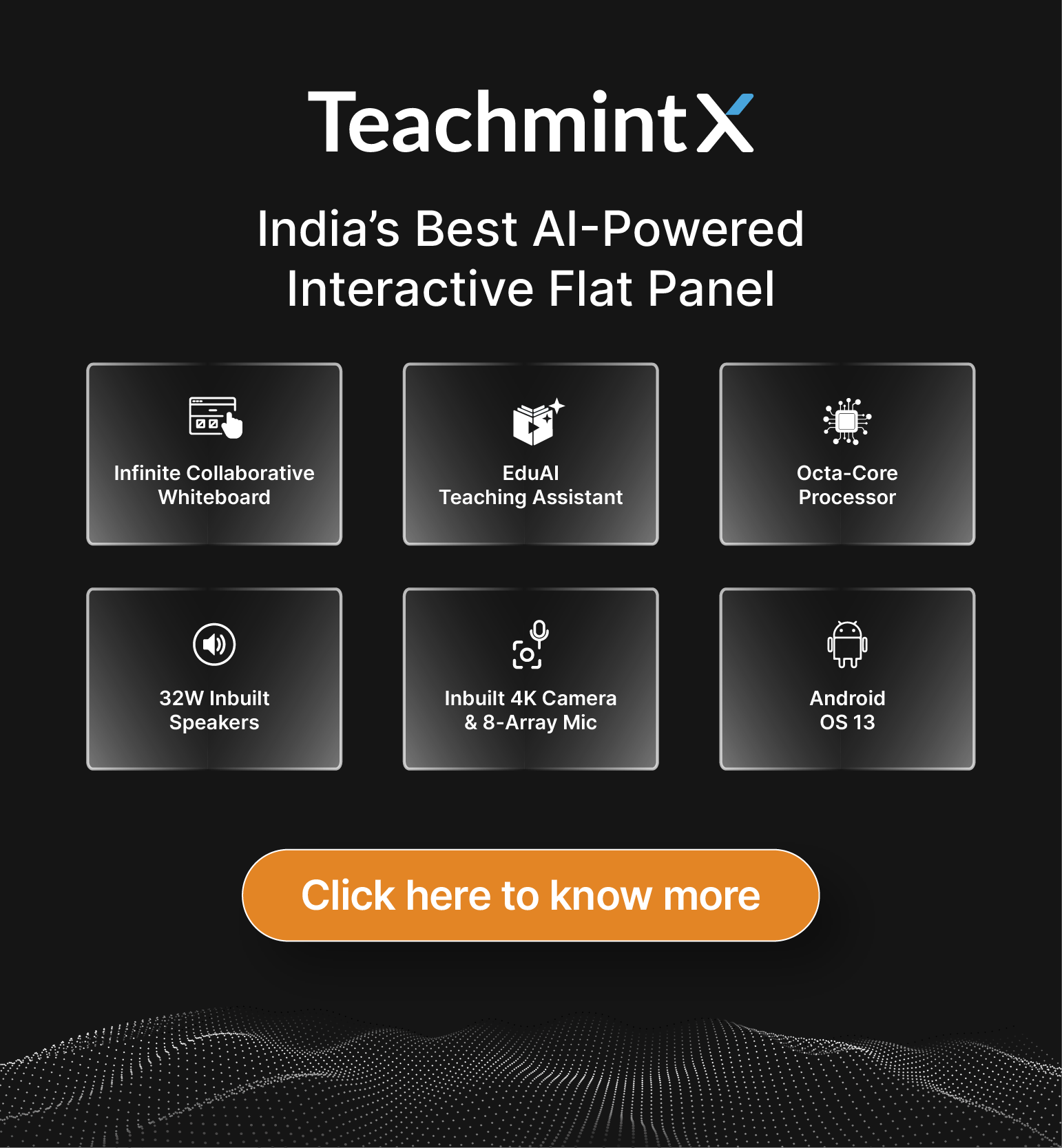This is the age of technology, where the market is booming with innovations like virtual reality, cloud computing, and so much more. In EdTech too we see the influence of blended learning in all educational institutions. Be it online or offline, virtual reality and high-profile devices make all the difference. That’s why knowing the OPS full form in computer is so important.
As teachers try to fit into the present technological developments, they need to first learn what is changing, and how to use these for better learning.
What is OPS?
Open Pluggable Specification (OPS) is a standard slot available on flatscreens like TVs and other compatible devices. This plug-in module has its own CPU, memory, storage, and different connectors. Instead of putting an actual working computer screen, we can use flatscreens with OPS for easy upgrades or repair devices without changing the entire unit.
For example – a digital signage display in a shopping mall uses OPS. It is a standard created by Intel that connects computing modules into compatible displays, like the digital signage here, interactive whiteboards, and large-screen displays in a classroom.
How does OPS work?
OPS full form in computer has a standardized interface slot on the display device and a corresponding computing module that fits into this slot. By plugging in different modules, we can upgrade or customize the functionality of display devices. You can do it even without extensive technical knowledge of installation processes at all.
What is the Importance of OPS?
- Custom Options: Every function and feature is customizable, institutions can choose how it looks visually, the contents, the options, basically everything. Whether it’s upgrading processing power, adding new features, or replacing malfunctioning components, ops makes it possible.
- Budget-friendly: There’s no need to replace entire display units for upgrades or repairs. With OPS, users need to fix the computing module only. It is budget-friendly in the long term.
- Maintenance: All computing modules are standardized, and technicians know which one to swap for troubleshooting. Minimum downtime and disruption, maximum productivity.
- Smart Devices: Technology is upgrading by the hour. OPS ensures that display devices remain relevant and up-to-date. Users can upgrade computing modules to take advantage of advancements in processing power, connectivity, and software capabilities.
Where is OPS used?
Although almost every industry has adapted it differently, for many purposes, the functions remain similar. Let’s see some popular uses of OPS:
- Digital Signage: To connect media players, content management systems, and interactive features into digital signage displays. For example – digital advertisements, information delivery in retail, restaurants, hotel lobbies, airports, railway stations, and the list goes on.
- Education: Interactive whiteboards with OPS full form in computer modules can completely transform traditional classrooms. Teachers use multimedia content in all levels of school, for both fun and academic purposes. It is a trend in smart classrooms to use an interactive whiteboard instead of projectors.
- Corporate Environments: Large-screen displays for hosting events or meetings are an age-old standard in corporate settings. Whether it’s for presentations, video conferencing, or data visualization, OPS-enabled displays make it easier.
- Healthcare: In healthcare facilities, such a display can serve multiple purposes, from patient education and entertainment to medical imaging and telemedicine applications.
How do teachers use OPS in a classroom?
- OPS is used in interactive classrooms through whiteboards and digital pens.
- It can update the device with a faster processor to add more memory & features, as needed to improve student learning.
- Teachers can carry on with the lessons since replacing malfunctioning computing modules keeps the display intact.
- Planning a class schedule is time-consuming, and finding or arranging material is even more time-consuming. They can store it in such devices for quick access to educational resources, such as educational apps, multimedia content, and online learning platforms.
- A single display can connect with other classroom devices, including computers, tablets, document cameras, and projectors.
- OPS empowers educators by making them the leading part of an engaging learning environment. Technology is more accessible, easy, and simple to understand and use by teachers and students for its ease of use. Even a child could learn how to use it, simpler than using a smartphone!
Open Pluggable Specification, that is the OPS full form in computer, represents a significant step forward in the evolution of display technology. Educational institutions have always used it, but with the increasing number of smart classrooms, we see them upgrading to become better.
Kindly explore the Website for more information.

